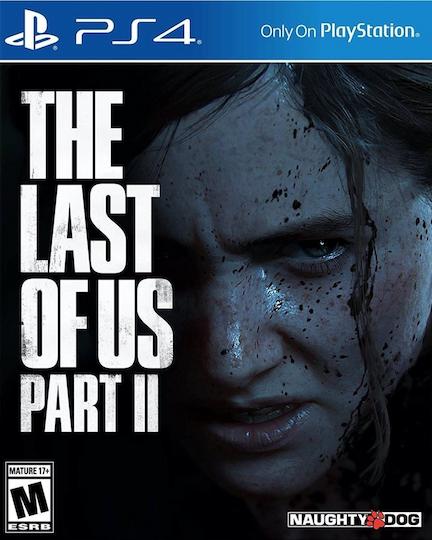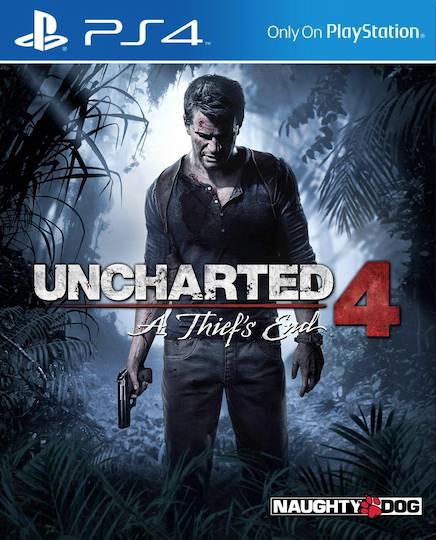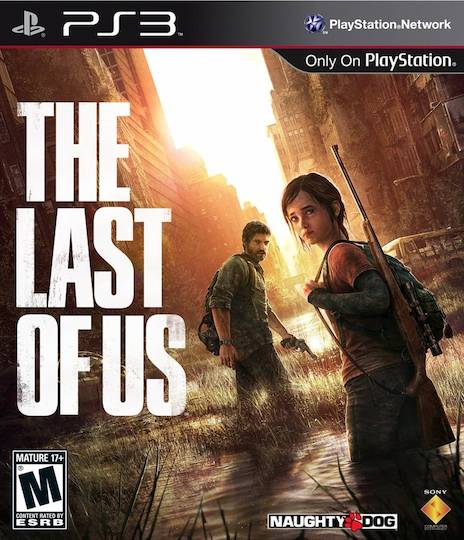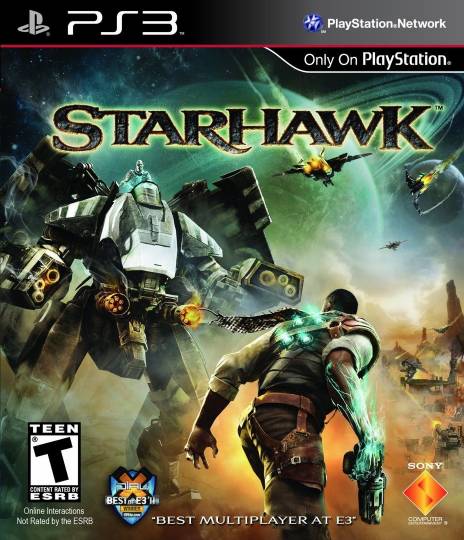![Wild Breath 2: Cry of the Far [Left] Lightning strikes in Breath of the Wild / [Right] Grass burns in Far Cry 2](https://gangles.ca/images/farcrybotw.jpg)
While I was playing The Legend of Zelda: Breath of the Wild over the holidays, I kept thinking about Far Cry 2. Of course that’s not uncommon; I cut my teeth writing about games in ~2008, so I tend to see Far Cry 2 everywhere (game design pareidolia). However, rather than a vague impression, Breath of the Wild evoked specific ideas that director Clint Hocking explored in a 2009 GDC talk entitled “Fault Tolerance: From Intentionality to Improvisation”. I’d like to use that talk as a framework to compare the two games and discuss some common mechanics that are used to similar effect.

Clint begins his talk by discussing intentionality in games, which is “the ability of the player to devise his own meaningful goals through his understanding of the game dynamics and to formulate meaningful plans to achieve them.” Games that support high-level intentional play (e.g. immersive sims, stealth games) tend to have “robustly interconnected systems”. The player must develop a deep understanding of both how these systems work in isolation and how they interact with each other.
The flow of play can be divided into two phases: a composition phase (deciding and figuring out what to do) and an execution phase (doing it). Games that favour execution are more “ride-like” (Call of Duty), whereas favouring composition is more “puzzle-like”. Intentional play emerges when the two phases are kept in a “game-like” balance.
Clint notes that messy systems (generalized physics, crowds, fire) tend to collapse the player’s intentionality. However, he also felt that the “simulation of broader more chaotic and unpredictable systems” was the future of game design. Thus, with Far Cry 2, Clint’s initial goal was to explore how highly intentional play could be preserved in a “highly dynamic and free-form” environment.
At one point later in development, Clint and his team decided that some of the high-level faction systems they’d been developing needed to be cut. However, he was concerned that this would discourage the player from making complex plans. Shortening the composition phase might make the game more “ride-like”, which would subvert intentional play.
However, he observed that systems that inflict “small unpredictable losses” (malaria, wounding, gun jams, grenade rolling down a hill) kick the player out of the execution phase and force them to improvise. The player therefore “switches back and forth between composition and execution several times in a given battle”. A short composition phase is balanced by a short execution phase, and intentionality is preserved.
Improvisational play is therefore “intentionality compressed”, and randomness is “the pressure cooker that pushes the already intentional player to react and improvise a new plan on the fly.”

In this vein, Breath of the Wild has two systems that inflict small semi-unpredictable losses on the player. The first is the weapon degradation system. Weapons are fragile, which makes them unreliable. When their weapon breaks, players are forced to adapt. They can pull an alternate (perhaps less familiar) weapon from their inventory, or try to make use of whatever environmental tools are currently on hand. One streamer observed that weapon degradation naturally pushed him to explore the game’s other mechanics, such as stealth and fire.
The weather system can also work against the player. Snow and sandstorms are blinding. Thunderstorms unleash lightning strikes against metal equipment. Most commonly and annoyingly, rain makes climbing just about impossible. Unlike previous games in the series, the player also has no tools (e.g. Song of Storms) to control the weather. When inconvenient weather rolls in, their only real options are to pass the time or adapt their plans.
These chaotic systems therefore serve the same purpose in Breath of the Wild as they do in Far Cry 2: inflicting random small losses on the player to force them back into the composition phase. Unexpected setbacks compel the player to slow down, to observe, and to think; it may even push them to engage with systems that they may otherwise have ignored. Even in her annoyance with Zelda’s weather system, Patricia Hernandez pointed out that: “without these rain mechanics, I wouldn’t have all these ridiculous stories, huh?”
Video by Alex Wiltshire
Another aspect of improvisational play is how the player handles having their plans upset (i.e. being kicked out of the execution phase). As Clint points out, in a “ride-like” game, this usually means just dying and restarting from the last checkpoint. In a more intentional stealth game, the player may be able to recover from a loss, but the cost of failure is so high that they’re just as likely to just quickload the last save.
To encourage improvisation, the player must be willing to fall back into that composition phase (rather than simply reloading). This means that any random unpredictable losses have to be quite small. As Clint points out: “you rarely die from these events – unjamming a weapon takes no more time or effort than reloading does.” Furthermore, the game generally needs to be forgiving of the player’s mistakes.
In Far Cry 2, this is achieved with the buddy system. When the player is downed while on a mission, they will occasionally be pulled away to safety at the last minute by a buddy, who will then fight by their side (and is at risk of being killed). In a blog post, Clint noted that the point of this system was “to design an ‘out of frying pan, into the fire’ system where the player would be baited further and further down a losing path until he ultimately would occasionally be required to make a choice between giving up a limited though not overly rare ‘resource’ (a buddy) in exchange for not having to reload and redo a lengthy section of the game.”
Breath of the Wild’s equivalent systems are the four powers granted by the Champions. Mipha’s Grace is the most similar to Far Cry 2’s buddies; it restores the player’s health to full (+ bonus hearts) on death, but then goes on a real-time 24 minute cooldown. Daruk’s Protection blocks three hits when the player has their shield up (18 minute cooldown). Urbosa’s Fury helps the player deal with crowds of enemies, and Revali’s Gale makes traversal more forgiving. These powers help the player to smooth over their mistakes without restarting the game, but their long cooldown means the player can’t become overly reliant on them.

Outside of the scope of Clint’s GDC talk, there’s another notable similarity between the two games: respawning enemies. One of the biggest complaints about Far Cry 2 was that guard posts would quickly respawn after the player cleared them. While he confessed to “getting raked over the coals” by the press for this decision, Clint’s rationale was that “it was better to have them repopulate rather than have the player be able to empty the world of gameplay too easily”. While there may be better theoretical solutions to this problem, he maintained that respawning was the best available option given the realities of production.
Subsequent entries in the Far Cry series have pivoted significantly on this idea, and have integrated permanently clearing out bases and claiming enemy territory into the core loop of the game. While taking over the game world is great fun, many game critics noted that Far Cry 2’s “incessantly hostile” world was far more unique and evocative. As Brendan Keogh described:
“It was frustrating and certainly unfair, but each of these elements thematically resounded with the game’s broader cynicism. Unlike Far Cry 3’s world, which became safe and friendly (and uninteresting) after enough checkpoints were destroyed, the one in Far Cry 2 stubbornly resists the player’s colonial attempts. The game will let you eke out a living, but it will never let you take over its entire world. Just like the broader conflict into which the player has stepped in this fictional country, the player’s attempts at colonialization are pointless, dashed at every turn.”
Far Cry 2’s unnamed African state is a bleak, oppressive, war-torn country. It nihilistically evokes Joseph Conrad’s Heart of Darkness. “It goes to such efforts here, to be ugly, to make you feel ugly” notes Alec Meer. You’re not the hero; you’re a bad person in a bad place. Respawning guard posts therefore serve to maintain coherence “between what [Far Cry 2] is about as a game, and what it is about as a story”.
The same is basically true in Breath of the Wild. Every moonrise has a random chance of being a “blood moon” that will bring every enemy in the world back to life. As with Far Cry 2’s guard posts, this serves the practical purpose of preventing the player from completely depleting the game world.
This system is also strongly resonant with the game’s narrative. The bad guys won a century ago, and post-apocalyptic Hyrule is a corrupted shadow of its former glory. Unlike Far Cry 3 or 4, Link can never restore the fallen world by gradually clearing out each individual area. Breath of the Wild’s systems and story both dictate the the world can never recover until Calamity Gannon is defeated.

There’s one more connection I’d like to draw between Clint’s writing on intentionality and Breath of the Wild. In his “Designing to Promote Intentional Play” talk from GDC 2006, Clint mentions the problem of messy systems (like physics) subverting intentionality. He describes how Half-Life 2 unravels this problem by relying on affordance.
Affordant objects have obvious indicators of their own properties. For instance, a minecart is made out of thick metal and its physical dimensions are larger than the player. The player can therefore infer that it is bulletproof, can be used as cover, and is attracted by magnets. It has wheels, so it will roll down a slope. It has a large mass, so it can be used to weigh down switches. Players don’t have to remember how minecarts function, but can easily discern these properties on the fly as needed.
As Clint explains, this is significant because:
“Essentially, the world presents itself to the player as a collection of potential solutions to physical problems. The concept of affordance through properties allows the player to quickly and accurately parse the world for objects that provide potential solutions to what he perceives as the current problem, thereby allowing him to build chains of intent through a messy system and solve his problems in creative ways.”
While this quote is describing Half-Life 2, I believe it’s equally applicable to Breath of the Wild. In a 2017 talk, technical director Takuhiro Dohta explained how the game’s “chemistry engine” simulates interactions between elements (fire, water, electricity, wind) and materials (wood, rock, metal). In their engine, elements can interact with materials (fire burning wood), and elements can interact with elements (water putting out fire), but materials do not influence other materials. These reactions can further interact with the physics simulation (fire creating an updraft).
This system creates a convenient abstraction in how objects interact. The interaction isn’t “fire arrows burn wooden crates”, but simply a universal “fire burns wood”. A metal weapon can be substituted to close an electrical circuit because metal always conducts electricity. Objects interact through their properties and affordances, which are “designed to have an overall consistency and to feel instinctive”. This desire for affordance even pushed the game to adopt a more realistic art style. As art director Satoru Takizawa noted: “one of our goals was to have the art intuitively suggest possible physics and chemistry gameplay based on the player’s own experiences in the real world.”

I have no evidence to suggest, nor do I mean to imply, that the Nintendo EPD team took any sort of direct inspiration from Far Cry 2. Rather, I think it’s a sign that the systemic design principles that Clint Hocking has been articulating for over a decade are still fresh and relevant today. There’s still so much unexplored design space here, so let’s hope we see more games that push the limits of intentionality and improvisation.






